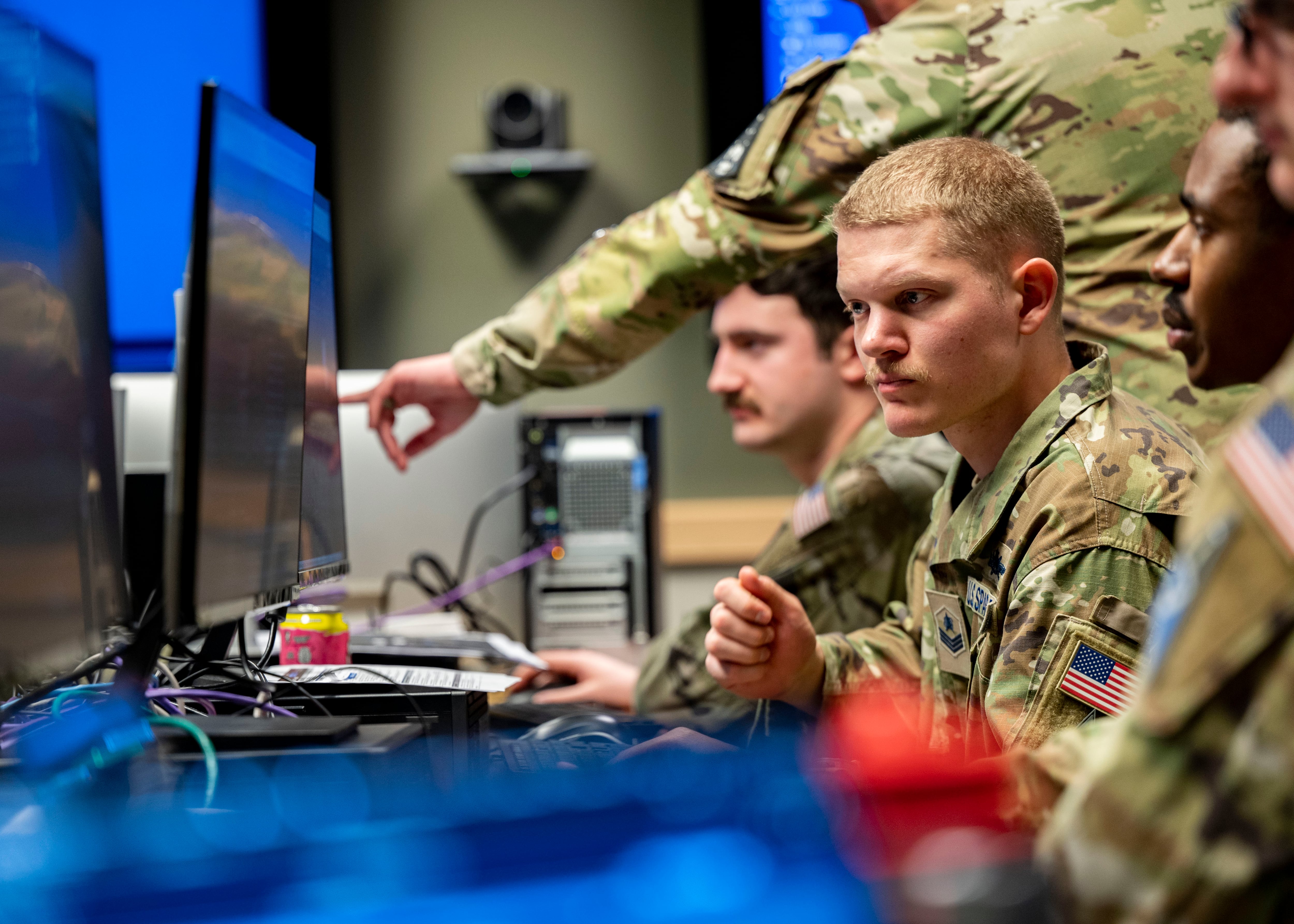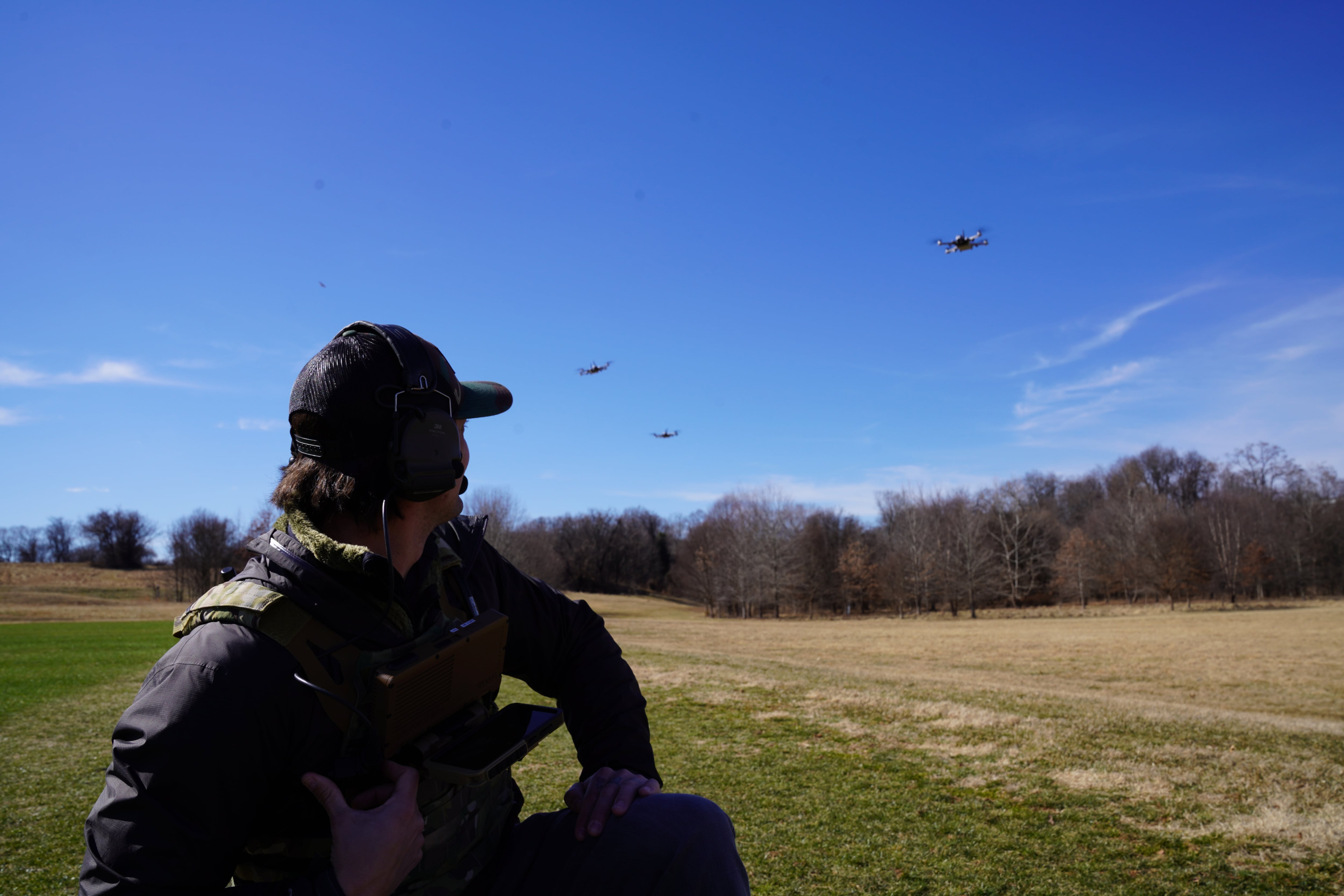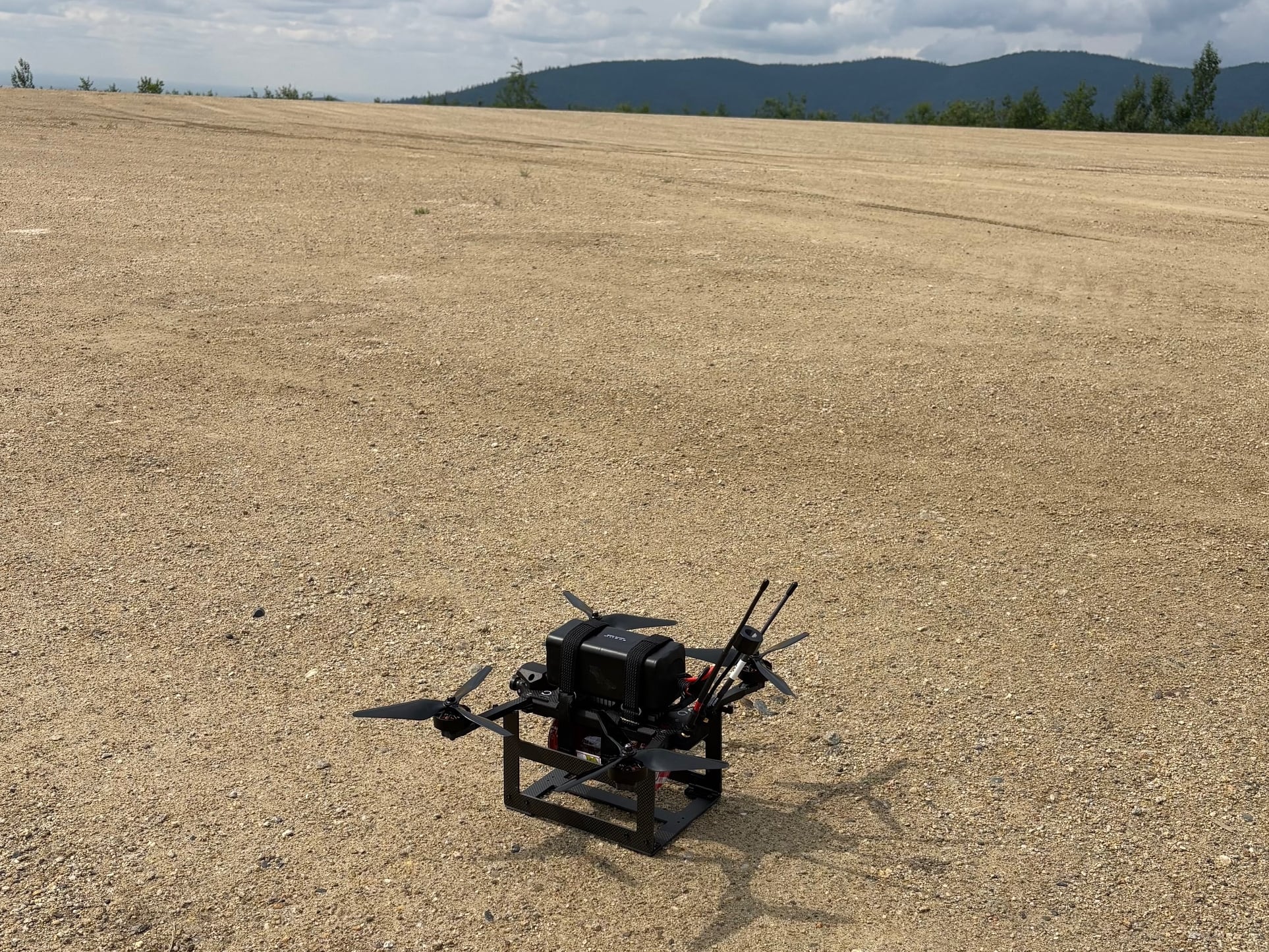There’s a misnomer that Maj. Gen. David Bassett, program executive officer for command, control, communications-tactical, wants to clear up: He isn’t at odds with the Army’s network cross-functional team aimed at overhauling the service’s tactical communications.
“A lot of people seem to guess there must be some tension between what the PEO is doing and what the CFTs are doing,” Bassett said at the annual C4ISRNET Conference, held May 10 in Arlington, Virginia.
“There’s not any tension there. This is a collaborative environment where we know we need to work with one another to deliver capability.”
Bassett, who’s been in the PEO C3T role for just over three months and inherited an Army tactical network mired in controversy, said he’s working closely “by, with and through” the network CFT chief, Maj. Gen. Pete Gallagher.
Gallagher’s CFT, formally charged with overseeing the modernization of command, control, communications, intelligence and networks, is one of eight teams aligned with the Army’s six modernization priorities. Those priorities include long-range precision fires, next-generation combat vehicle, future vertical lift, the network, air and missile defense, and soldier lethality.
“The reason it works so well is because we have the same common goal, which is delivering capability, and delivering it rapidly, delivering in ways that maybe we haven’t been able to do in the past and putting the world’s best communications equipment and mission command systems into the hands of soldiers,” Bassett said. “That unifies us.”
Bassett’s and Gallagher’s teams have been coordinating to carry out the marching orders of Army Chief of Staff Gen. Mark Milley, who has called for a major modernization effort and a new network strategy that meets emerging requirements.
“The CFTs have been all about the ‘what’ of the Army network. What technology is available that we can capitalize on? What can we do with the near term to push capability forward?” Bassett said.
“The PEOs and [program managers] are all about the ‘how.’ How, given all the constraints we’re all under, can we deliver capability quickly, legally and in a way that moves at an operationally relevant pace? That partnership between the ‘what’ and ‘how’ is helping and moving forward very quickly.”
A key part of that push centers on experimentation and significant culture change within the Army in order to not just innovate but actually field innovative capabilities, he said.
“We have to take those good ideas and that innovation and turn it into enduring capability for our Army ― systems soldiers can employ and are trained on and they can sustain,” Bassett said.
“One of the things that’s changing in the culture is this desire for experimentation, doing so in a way that we’re going to learn before we set rigid, inflexible requirements. But once we’ve done that experimentation, what the program shops have to bring to bear is how to go from experimentation to fielding capability.”







